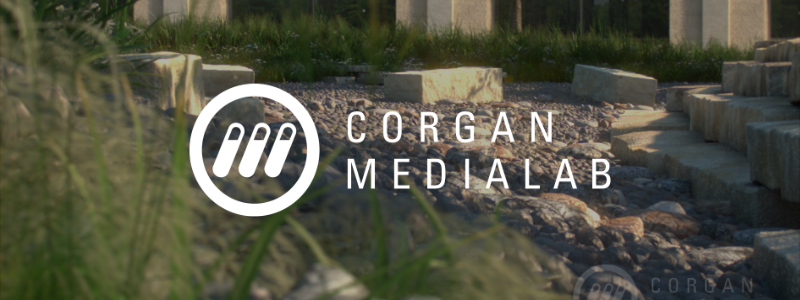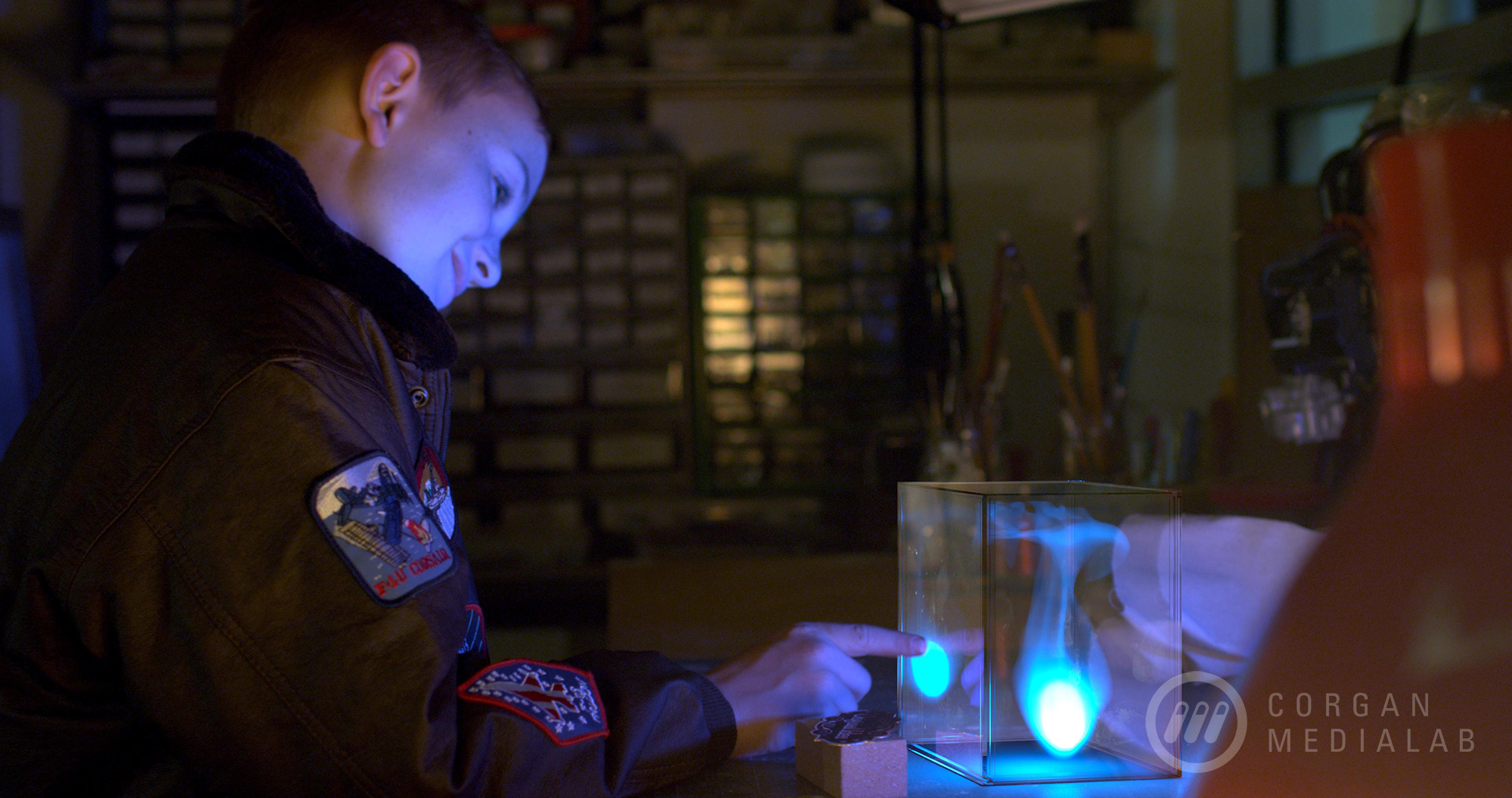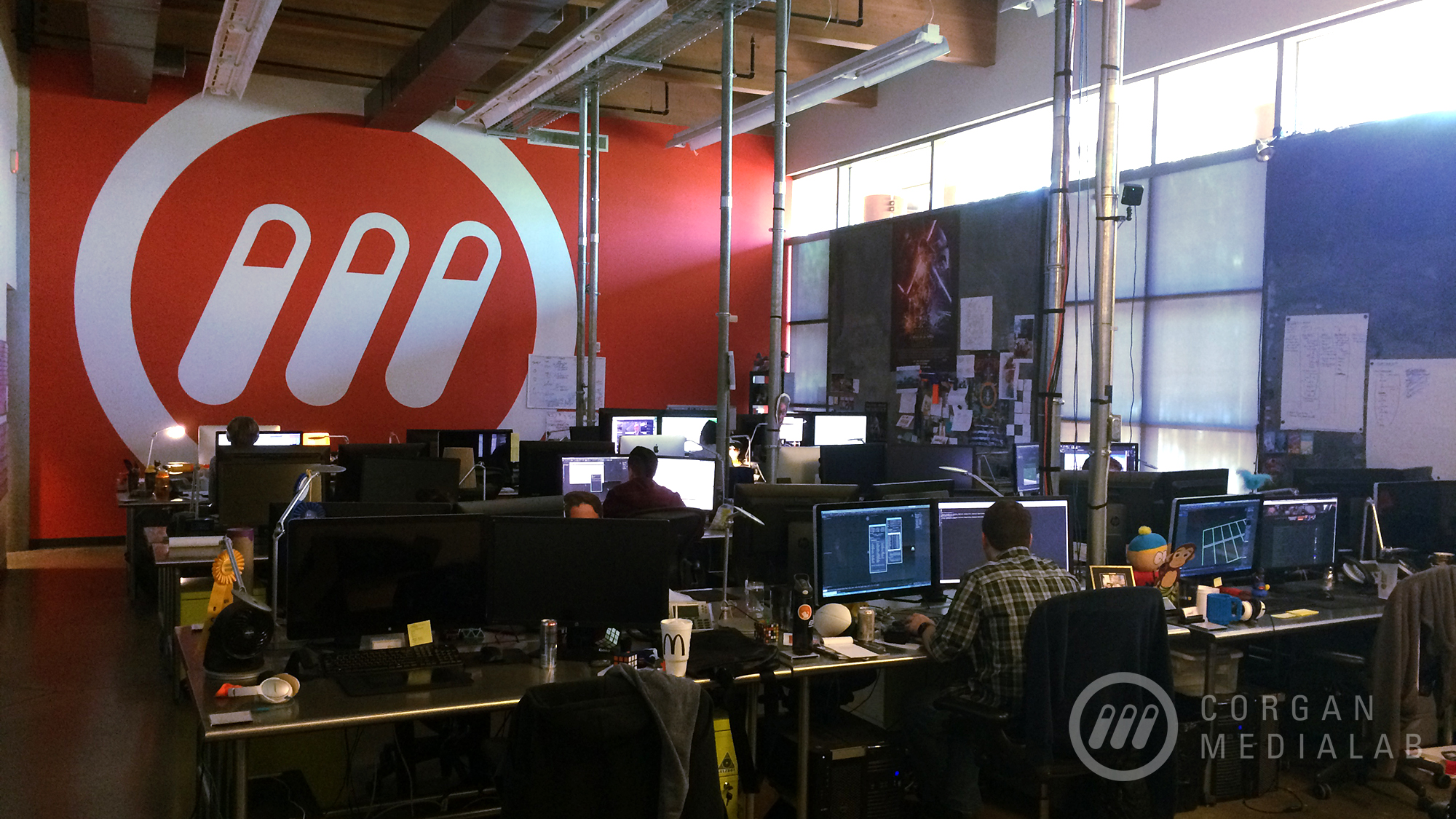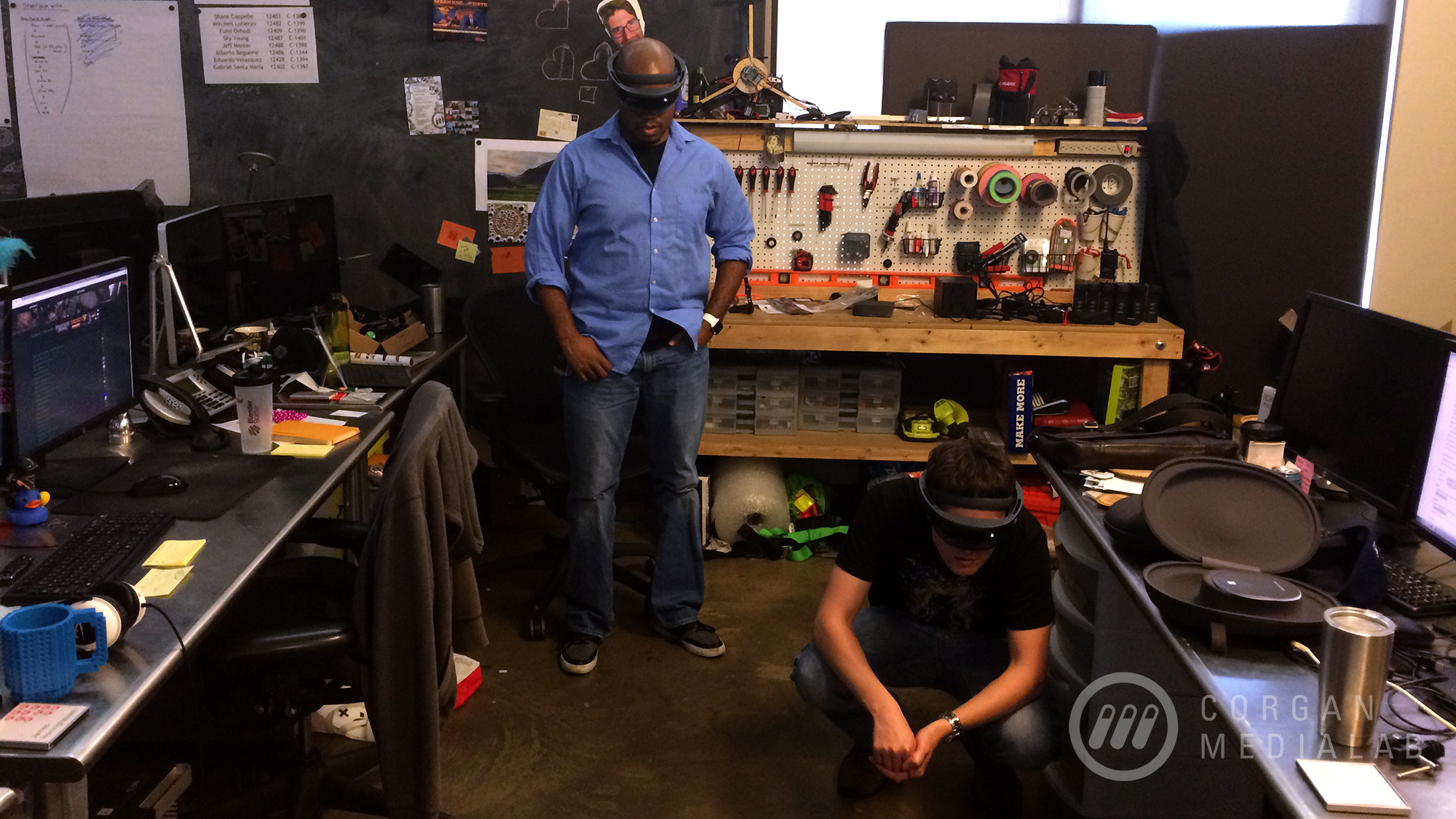
Ludovick “Ludo” Michaud, VFX Creative Director / VP at Corgan MediaLab discusses the transformation that NIM Studio Management has provided his team.
Tell us about Corgan MediaLab and what type of work you focus on.
Corgan is the main company, started 79 years ago, with 600+ employees currently in 9 locations around the world. In 2017, Corgan was ranked the #5 Architecture firm in the US by ENR. The MediaLab was developed to answer the demand for architectural visualization and we’re currently staffing around 22 people. Architectural Visualization is our primary focus for Corgan and their 6 market sectors; Aviation, Education, Healthcare, Critical Facilities, Commercial and Interiors. Corgan MediaLab delivers content as stills, animation, compositing of CG and live action, documentaries, interviews, etc. The only thing we don’t do is explosions as architects aren’t keen on seeing their work blown up. We also accept opportunities to do VFX in the entertainment industry when these arise. We don’t look for it but if it comes knocking we gladly open the door.
Do you have a unique way your group approaches your business and how do you differentiate yourselves from other architectural firms?
One of the biggest differentiators of Corgan MediaLab is we tell the story of the building that the architects design and create, whereas other firms try and inform you about what the building will be. Our lab consists of artists from many disciplines. At the heart of the lab, storytelling is what we care the most about. We want to ensure our work speaks to the viewer and evokes emotions. By taking a visual storytelling approach, we’re able to support all levels of the architect’s and client’s needs. They typically receive various deliverables to help them envision what the building and architectural components could be, through the process of final design, buildout and eventually the completed physical product. We achieve this through still images, animation, interviews, documentary, films, VFX integration shots, massing, phasing… the list goes on. We also differentiate ourselves by the techniques we use. We use Nuke, Premiere, After Effects, 3DS Max, Cinema 4D, heck even Revit and Sketchup sometimes.
NIM has moved us ten years ahead of where we would have been if we had continued working on the in-house tools.
Prior to using NIM, what studio management tools was CML using?
Prior to NIM we had a very rudimentary in-house version of the platform. We had our own internal / proprietary system to help the user focus on creation and not where to save files. For production management, we used a very heavily coded google sheet. One primary problem around the system was that it was managed by one person and built by two technical directors. The product was not as widely accessible to all the artists, only those in 3DS Max and Nuke could use these tools. The rest was done with strict rules on where to save files using very specific naming conventions. We didn’t want to just add more tools into the production pipeline as this was costly to maintain and didn’t bring all of the artists together to work as a cohesive team.
What features or capabilities did you see in NIM that helped you consider it as your primary studio management tool?
Globalization is the first thing that came to me when I first saw NIM. NIM’s approach equally answered the need for the production management, asset management and even some accounting in there along with customization when needed. Again, the fact that we could use NIM to replace four to five different tools we were using at the time to manage the floor was impressive. To top it off, every user would have access to it, including our After Effects and Cinema 4D artists. This spoke very loudly to us. It even made us re-think our render manager.
NIM is a tool that helps manage the entire studio in one package. Most products fix one problem… NIM fixes many problems.
Does the term Studio Management Tool resonate with you when you think of NIM?
Yes, completely. NIM is not a production management tool. It’s not an asset management tool or an accounting tool. NIM is a tool that helps manage the entire studio in one package. Most products fix one problem in the production pipeline whereas NIM fixes many problems.
Did you roll out NIM to the entire studio at once or did you implement a phased approach?
We migrated to NIM in phases. First bidding, second production management, third time cards and finally assets management. This was over a period of 4 weeks. One of our biggest hurdles we faced was that people were reluctant to change from the tools they were comfortable using. Starting the way we did, NIM was introduced across one or two groups of people at a time, giving them the chance to ask their questions, and eventually help the next group assimilate. It’s easier to convince half of our team to switch if the other half is converted and show they believe in the product.
“Transformed” is the word I’d like to use here. NIM came in and made our current workflows more efficient.
What was the “A-ha” moment the management team had that made everyone realize NIM was needed to move forward and grow?
We started with our producers and had them utilize NIM’s bidding and scheduling tools. Once we went in and created bid templates and scheduling guidelines with meaningful nomenclature, producers quickly moved forward with NIM. We then implemented the production management portion of NIM to manage the money spent on a job, how many hours it took to achieve certain tasks, etc. Our “A-ha” moment occurred when we presented this to Senior Management. We originally planned to transition all of our jobs to NIM over a two month period. After seeing everything that NIM could do to align the entire studio, the management team requested NIM to be rolled out to the entire studio by 9am on Monday. We spent the weekend transitioning all the in-house jobs into NIM and were fully operational using NIM first thing Monday. We never looked back.
Has NIM changed the way your studio functions on a daily basis?
“Transformed” is the word I’d like to use here. NIM came in and made our current workflows more efficient. As I mentioned earlier we already had our own “proprietary” version of something similar to NIM in four to five different tools that didn’t talk to each other and couldn’t be used by every artist. NIM brought us closer, brought us all together on one platform, enabled us to quickly share information and stop playing the telephone game.
No one really asks where things are anymore. They already trust and rely that NIM will know. And it does!! We had a strong workflow to start with, however communication would break regularly throughout our productions and everyone wasn’t always on the same page. In NIM, when there is an issue in production, it is addressed right away and the solutions are formed quickly.
What type of efficiencies and cost savings has NIM provided within CML?
I haven’t paid attention to an exact cost saving per say, however when it comes to efficiency and scalability, NIM has moved us ten years ahead of where we would have been if we had continued working on the in-house tools.
One improvement we’ve noticed is the reduced time spent doing our weekly production status meetings. The entire team used to spend around two hours each week going through reviews. We knew this should take less than an hour but we were not operating with a centralized focus on communication. Many times, we left the meeting and didn’t feel like we had a good grasp on where each project was. We’re now doing our weekly review sessions in 45 minutes or less. Everyone in the studio is in sync and looks at the same information studio wide. We have essentially returned 30+ hours a week of lost time to production which adds up quick when you look at it from an operational cost perspective.
How flexible has NIM Labs been in listening to your needs and helping improve the NIM platform to meet your workflow requirements?
“Flexible” doesn’t cut it. The entire NIM team has been tremendously patient and helpful – answering questions and jumping on calls right away when IT needed support. They also assisted with our team’s integration of the tool. Even the new updates are incredible. They have also included a few of our requests, which shows they are listening! As far as support is concerned, it is one of the best I’ve encountered so far in my career. I’ve personally built support teams for software product companies in the past and NIM’s focus on the customer’s success is top notch.
Are there things that you are able to do now because of NIM that you were not able to do before?
This may sound like a broken record on my part, but biggest benifit is the globalization of our workflow. Having all artists using the same platform, while our producers manage the money, hours and bids has been tremendous. The customization and accessibility of NIM is second to none.
Can you provide an example of a project that would have been difficult to facilitate/complete without having NIM?
We’re typically running ten to twenty projects simultaneously in-house. They’re small projects and they’re not all complicated, but we’re running them all concurrently. NIM no longer makes us feel as if we have twenty projects since we’re all in sync and on the same page throughout the day.
The transition to NIM has been painless. After three months NIM became an extension of our team.







